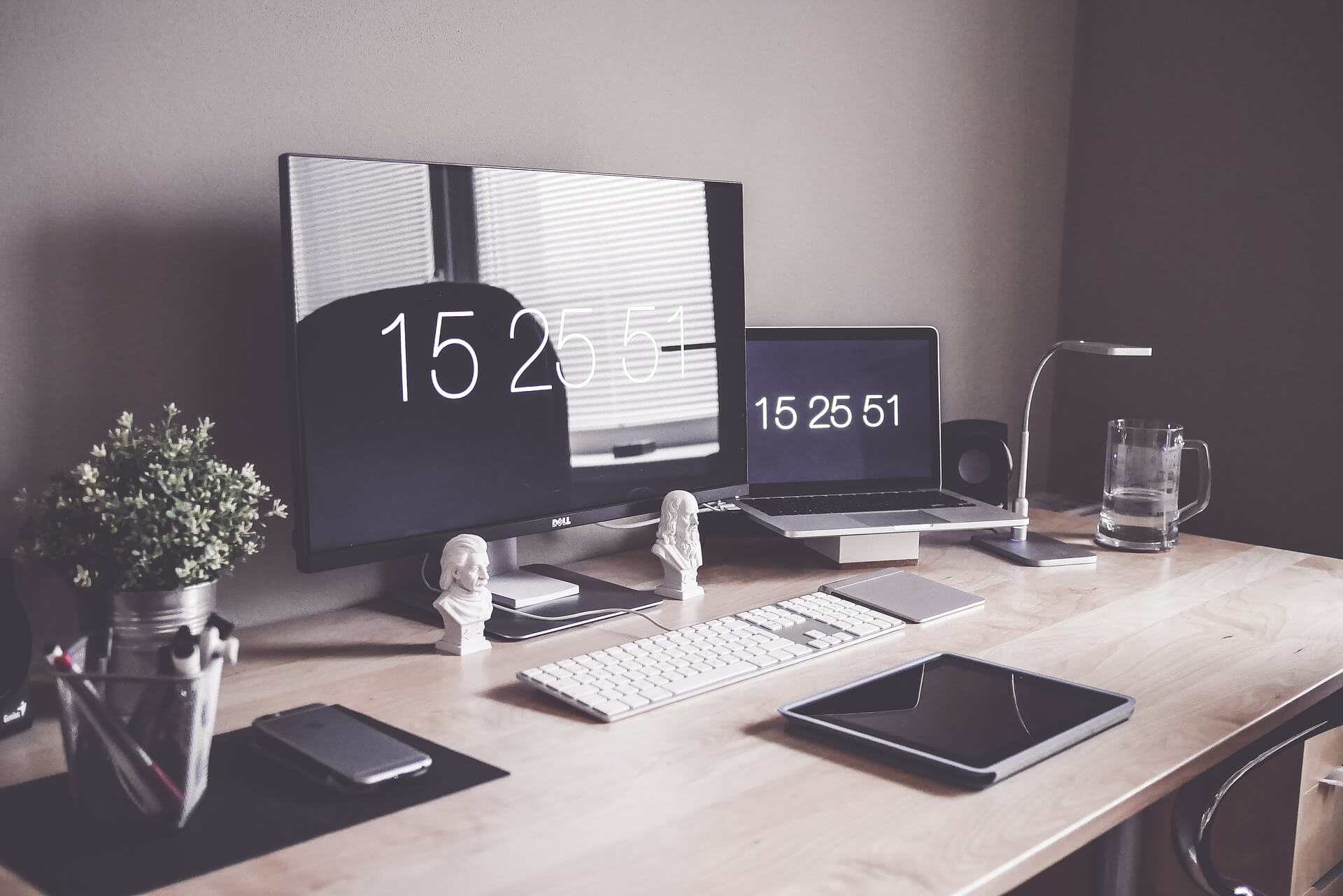Productivity flourishes in a suitable environment where distractions are less and creative thoughts bloom. Nowadays, people increasingly set up home workplaces to create a healthy atmosphere that may be lacking at their workplaces. Moreover, working in a calm place gives additional satisfaction.
Many modern offices realised during the COVID-19 pandemic that they can run their businesses efficiently while giving their employees a chance to work from home. And, even some employees and small business holders discovered that home offices are more suitable for more productivity.
So, to optimise your workspace for more productivity, here are some tips you can follow while setting up a home office.
- Ensure a good quality internet connectionYou need a good internet set up with at least 50Mbps base speed and a higher speed service if more people are using the internet in your home office. The transfer speed inside your home matters as well. The best connections are wired ethernet ones, so, if possible, interface your PC to your router by means of an Ethernet link; that is particularly significant if you do video or other data transfer work.Wi-Fi is fine for essential office work, so if you can't wire your PC to your router, use Wi-Fi. You also check the best NBN connections, structured cabling and wireless accessing points when to set a new one.
- Have Your Screen At The Right HeightGet a large screen for your home workspace as you would at the corporate office. Any significant brand will offer excellent screens. Simply stay away from the cheap screens if you can, as they can prompt eye strain over prolonged use because of their lower resolution and thus increase fluffiness.Your screen should line up so that if you look directly ahead when sitting straight, your eyes are at a height of 25% to 30% below the top of the screen. That way, you keep your shoulders level and don't hunch your back.To get the appropriate height, you'll probably require a riser for the screen, which also gives you some helpful racking. A screen whose height is adjustable is a good choice; however, you still need a riser.
- Get A Second Monitor And Organise HardwareHaving a second screen is extra advantageous. You can work more perfectly and focus in case one is shut. Also, arrange your hardware in a good way. Place your hardware on a strong surface with ample room at a height that allows your wrists to sit level and elbows lean against your body. Your seat should offer back support and encourage good posture.
- Ensure Comfort With Good LightingHigher lighting levels and daylight can also improve productivity. When working from a home office, you have the advantage of deciding where your office will be situated to enhance light levels and natural light. Finding your place where you get normal light is an incredible option to support your efficiency. For instance, windows that face towards the south give you plentiful daylight, which is particularly significant throughout the winter months.On the other hand, improper lighting can cause eye exhaustion and laziness, which ruins productivity. The tint of light is additionally a factor to think about. Warm shading temperatures are calming, while cool shading temperatures stimulate productivity. Picking a LED task light that permits you to change shading temperature settings gives you the adaptability to choose an appropriate light for the main job.
- Ensure Your Work Area Is Dedicated And PrivateInterruptions from relatives, pets and TVs can hamper your productivity. Have you ever been in a telephone call from home and your dog barking or kids interfering? It's embarrassing and can distract your mind. Thus, when you telecommute, a private space is a need.Set up a committed home office in the calmest zone of your home, which is away from the bustle of a regular day. If a private office isn't feasible for you, think about buying a room divider or shoji screen to remove the interruptions at your home. Utilise a visible sign that guarantees your private time, for example, a "Don't Disturb" sign, particularly while you are on audio and video calls.
Most of us love to do work from home or setting a home office at our own comfort. It not only flourishes productivity but also accomplishes the need of balancing home and work life. Hopefully, the next time you think of setting up a home office, these above-listed steps would come in handy for you.







Follow us